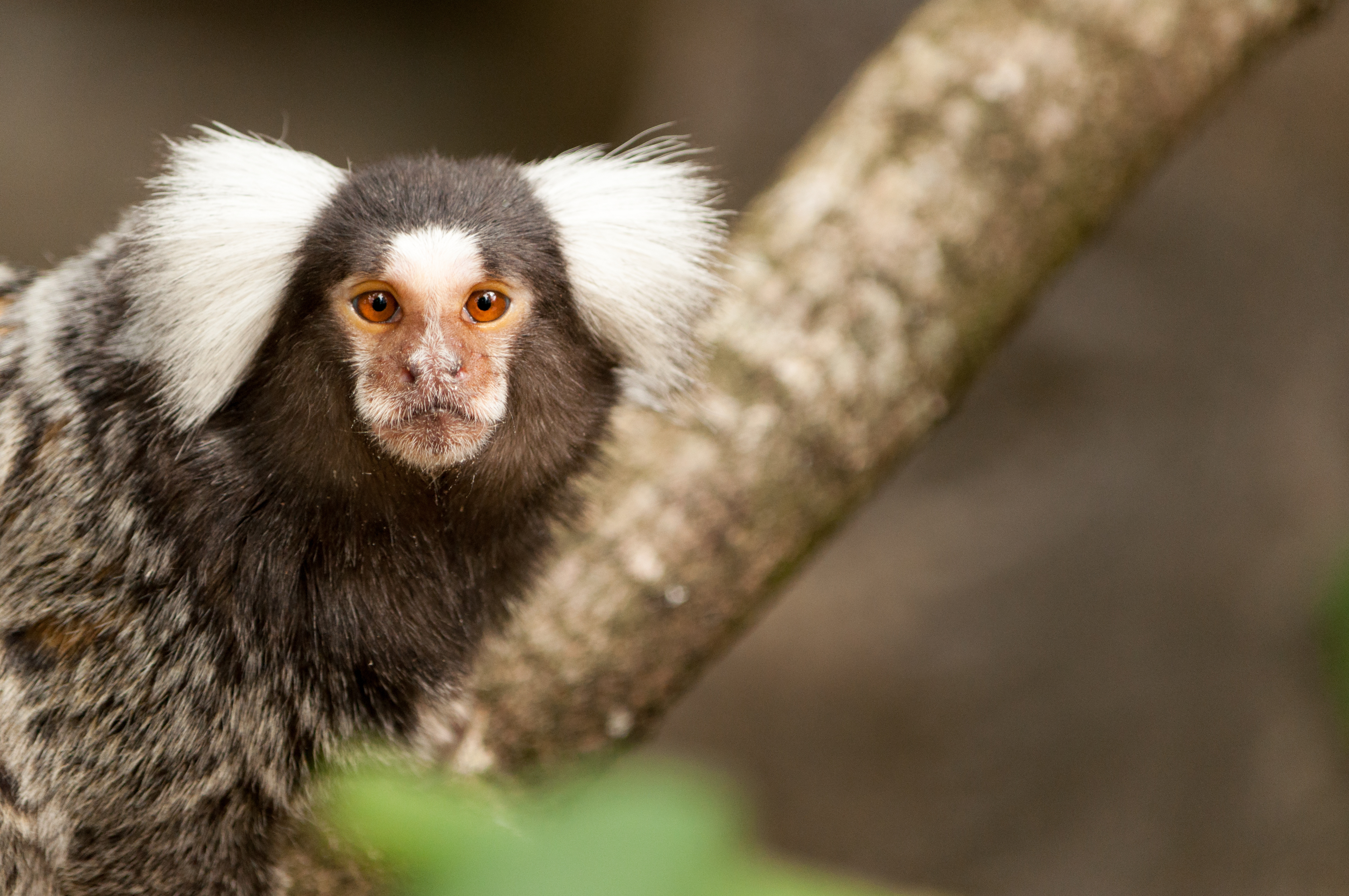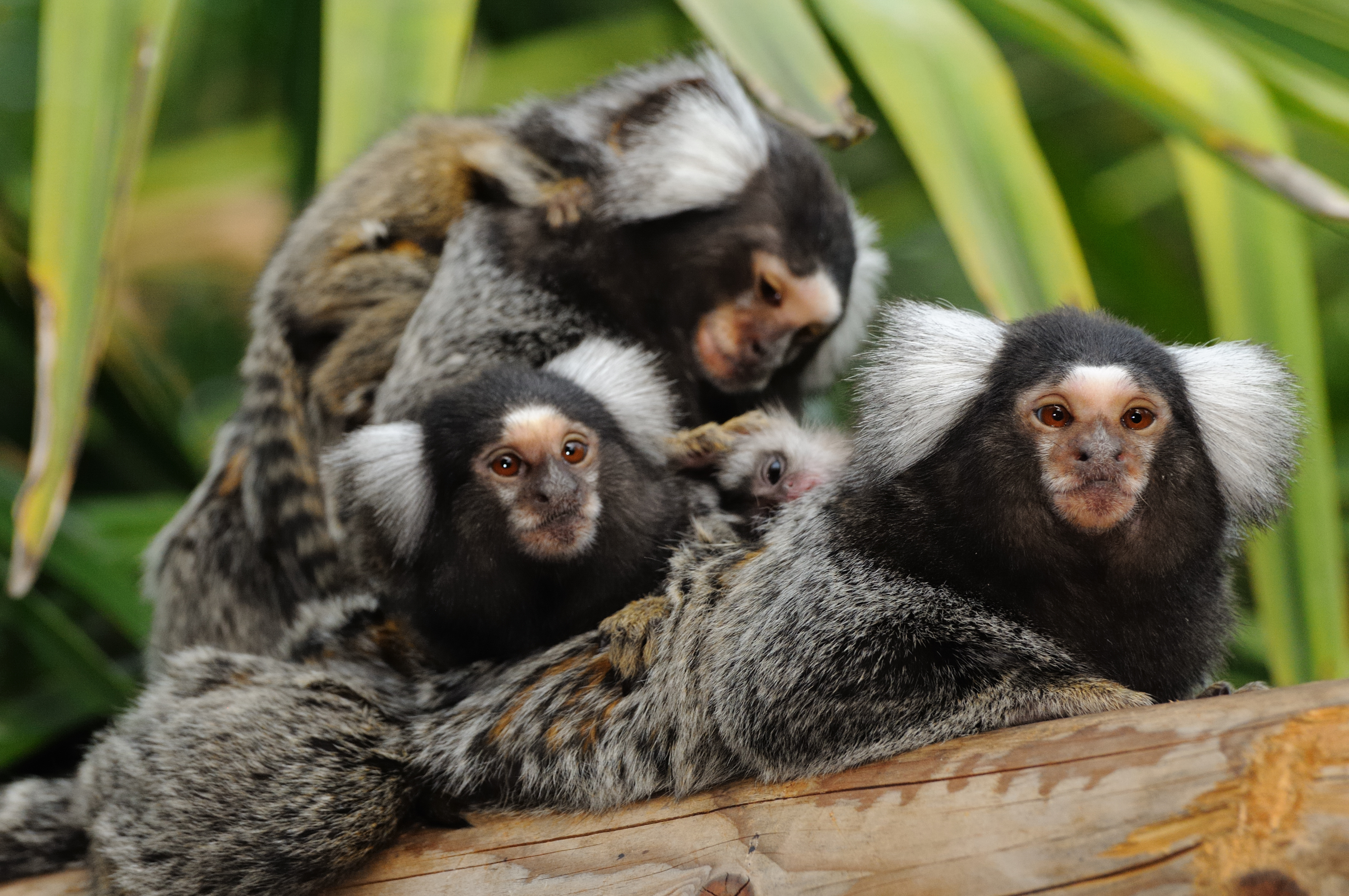NIH Common Fund Initiatives – How the use of marmoset monkeys fits into the NFHC mission
Marmosets as animal models:
Common marmosets (Callithrix jacchus) are NHPs that have a long history in neuroscience, biomedical, and more recently obesity, research. They are unusual among primates, as they exhibit pair bonding, social monogamy, biparental care, and intergroup aggression. The prefrontal cortex, the region of the brain responsible for regulating behavior, is also relatively similar between humans and marmosets, making them suitable translational models to study diseases that alter behavior.
Unlike other model animals, marmosets are born with adiposity levels similar to human infants, making them a unique model for studying pediatric obesity, which is of growing concern globally. Moreover, there are similarities in both gut microbiomes and diet between marmosets and humans. Therefore, marmosets are a proposed translational model to bridge rodent models and clinical trials for the study of obesity and mental health and the development of alternative, and especially microbiome-targeted, therapeutics.
University of Nebraska at Omaha’s marmoset facility:
UNO’s animal facilities are ideally suited for experiments using marmosets (Callthrix spp.). Established in 1983, the Callitrichid Research Center (CRC) has housed multiple species of marmosets and serves as a model facility to reach its Researchers’ needs. It is a unique and invaluable resource in that it houses one the few marmoset colonies in the Midwest outside of the National Primate Research Center facilities (Wisconsin and Southwest NPRC). The CRC’s colony structure is sustainable for many years to come. The husbandry and management of the marmoset colony follows both federal and international guidelines by fulfilling the recommendations put forth by USDA-Animal Plant Health Inspection Service, NIH-Office of Laboratory Animal Welfare, and AAALAC, International (accreditation since 1975).



